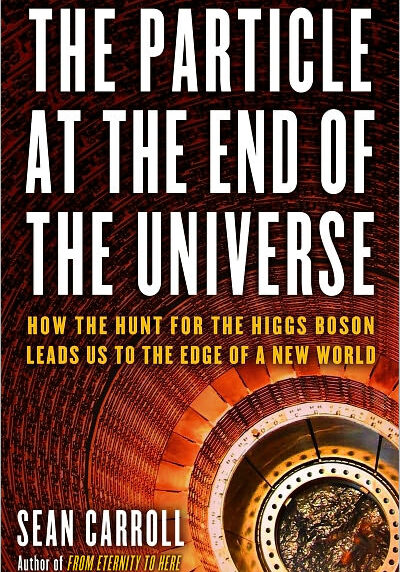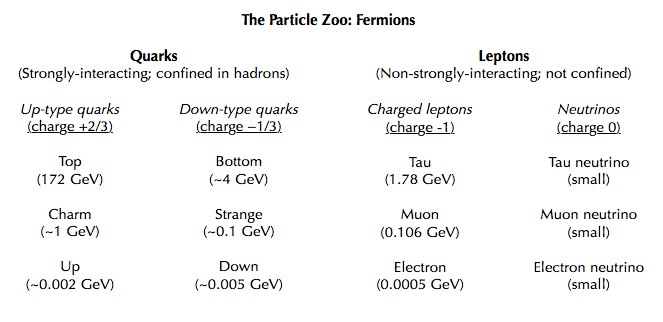The Particle at the End of the Universe
How the Hunt for the Higgs Boson Led Us to the Edge of a New World
The Particle at the End of the Universe is a popular-level book on the Higgs boson and the Large Hadron Collider, published by Dutton in November, 2012.
Buy it:
Amazon.com ・IndieBound ・Powell's・Barnes and Noble ・ iTunes

The Higgs boson. Key to understanding why mass exists and how atoms are possible, this elusive particle has finally been found after $9 billion, decades of effort, and the work of over six thousand researchers at the Large Hadron Collider in Switzerland. In 2012, the history of a quest that began with the atomists of ancient Greece over 2,500 years ago reached a dramatic and historic turning point.
Caltech physicist and acclaimed writer Sean Carroll takes readers behind the scenes of the Large Hadron Collider (LHC) at CERN, to meet the theorists, engineers, and experimentalists, illuminate this landmark event, and explain the science of the Higgs boson, infamously known as "the God Particle."
What is so special about the Higgs boson? As Sean Carroll eloquently explains, without it we wouldn't understand how elementary particles could have mass at all. With it, we have found the final piece of the puzzle of ordinary matter: the atoms and forces underlying everything from DNA to global warming. Now a doorway is opening into the extraordinary: the mind-boggling world of dark matter and beyond. The Higgs discovery represents a triumph of the human passion for discovery, and the dawn of a new era in our exploration of the cosmos.
The Particle at the End of the Universe not only explains the importance of the Higgs boson but also the Large Hadron Collider -- the largest machine ever built. Such a project could not have happened without a certain amount of conniving, dealing, and occasional skullduggery -- and Sean Carroll explores it all. This is an irresistible story of how the human thirst for understanding led to the greatest scientific achievement of our time.
